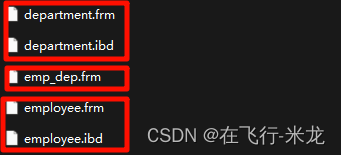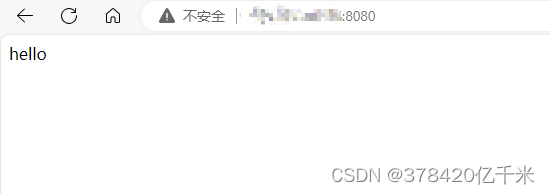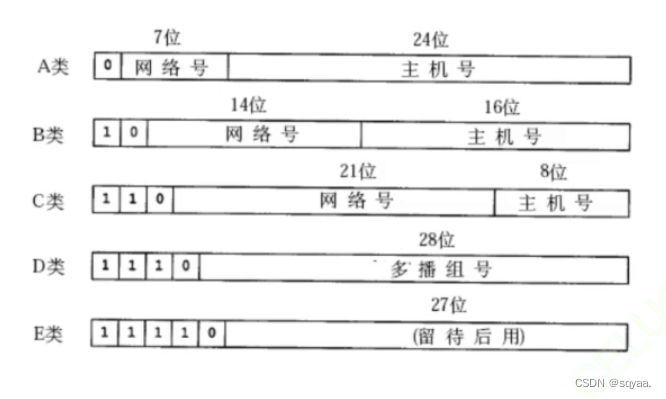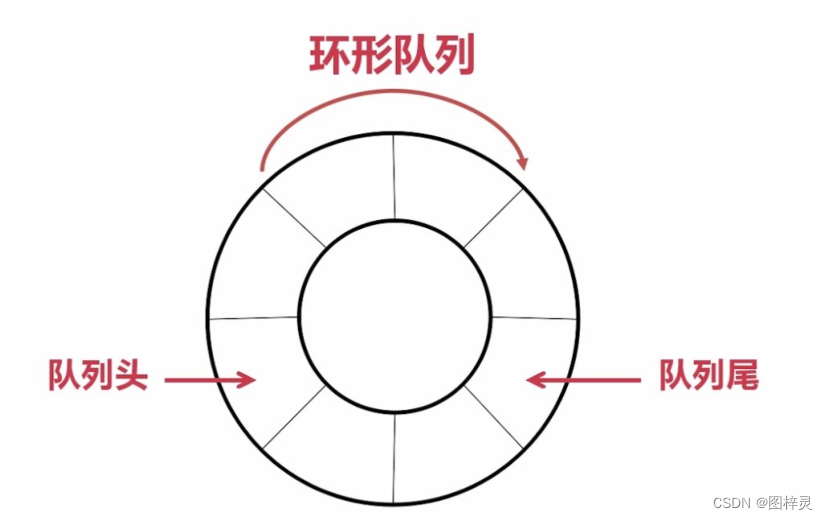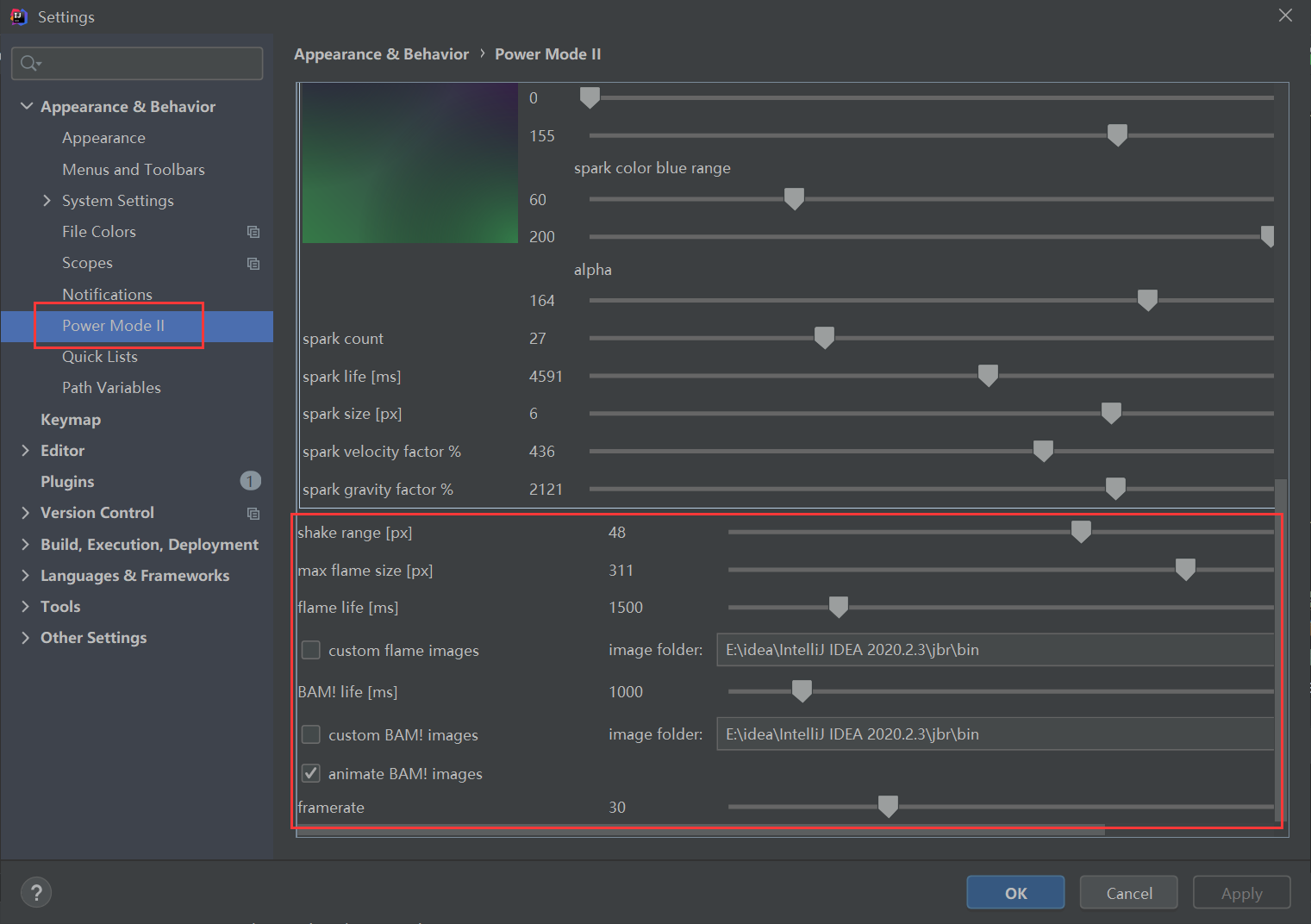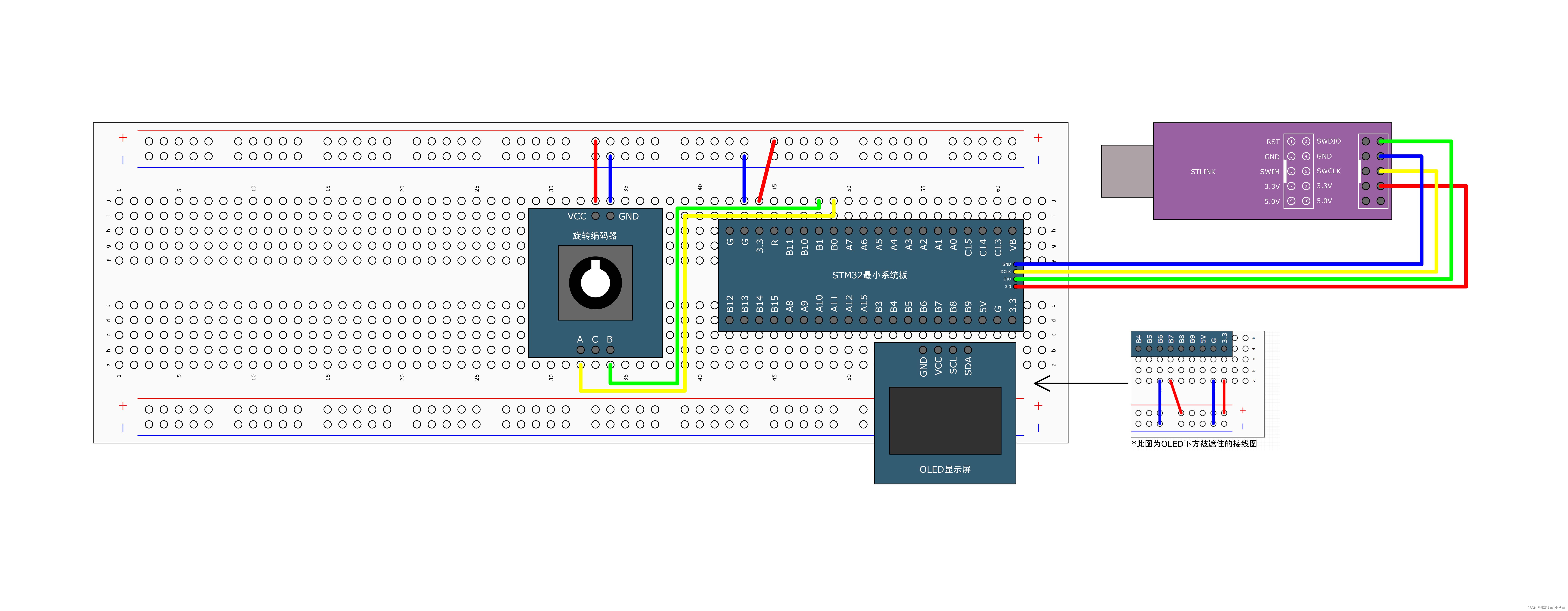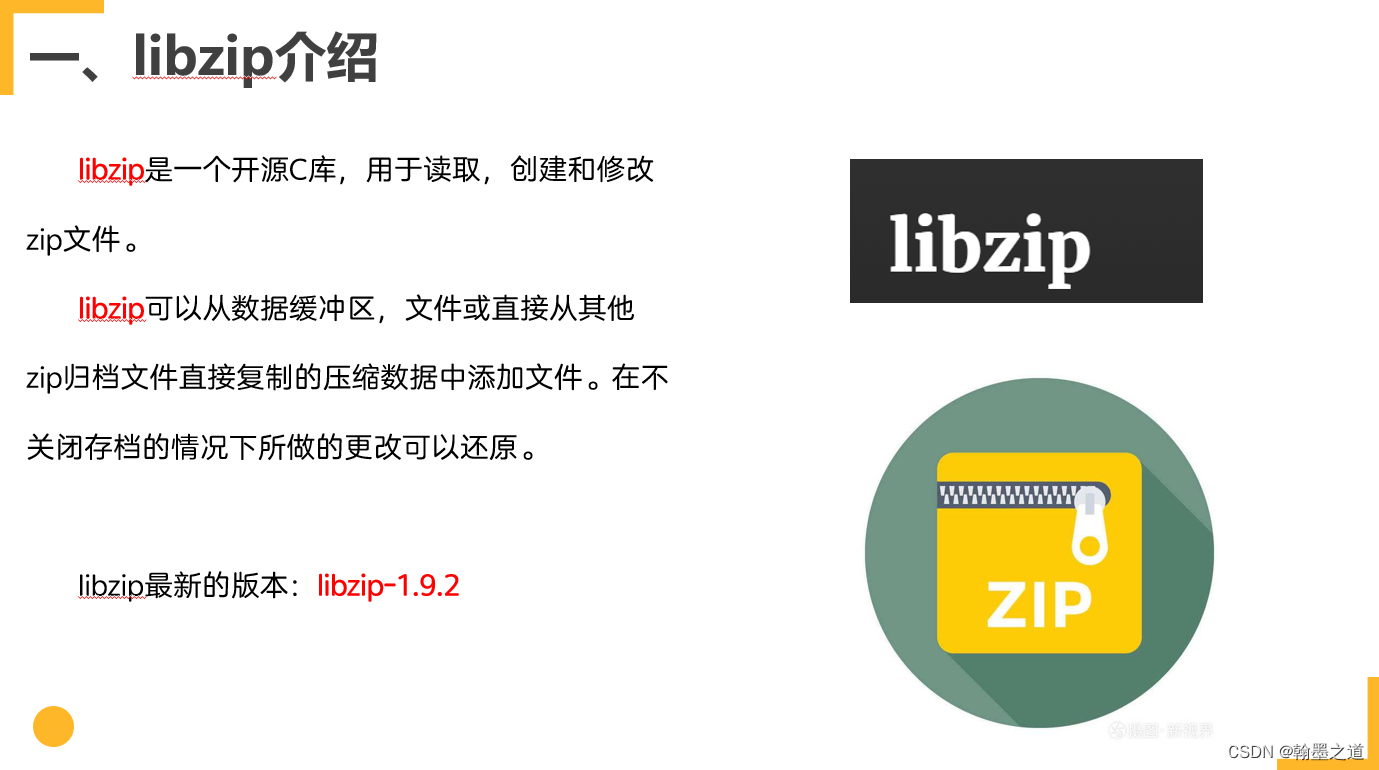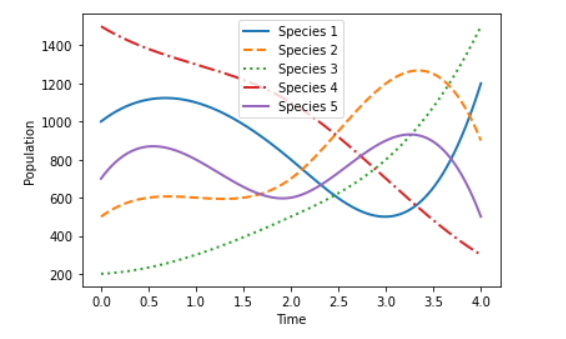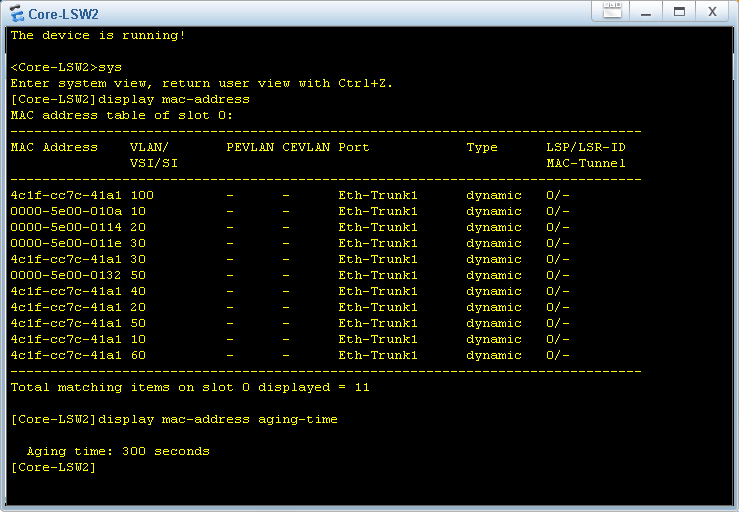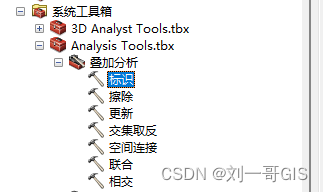示例
还是拿之前启动源码的示例,来分析NioEventLoopGroup源码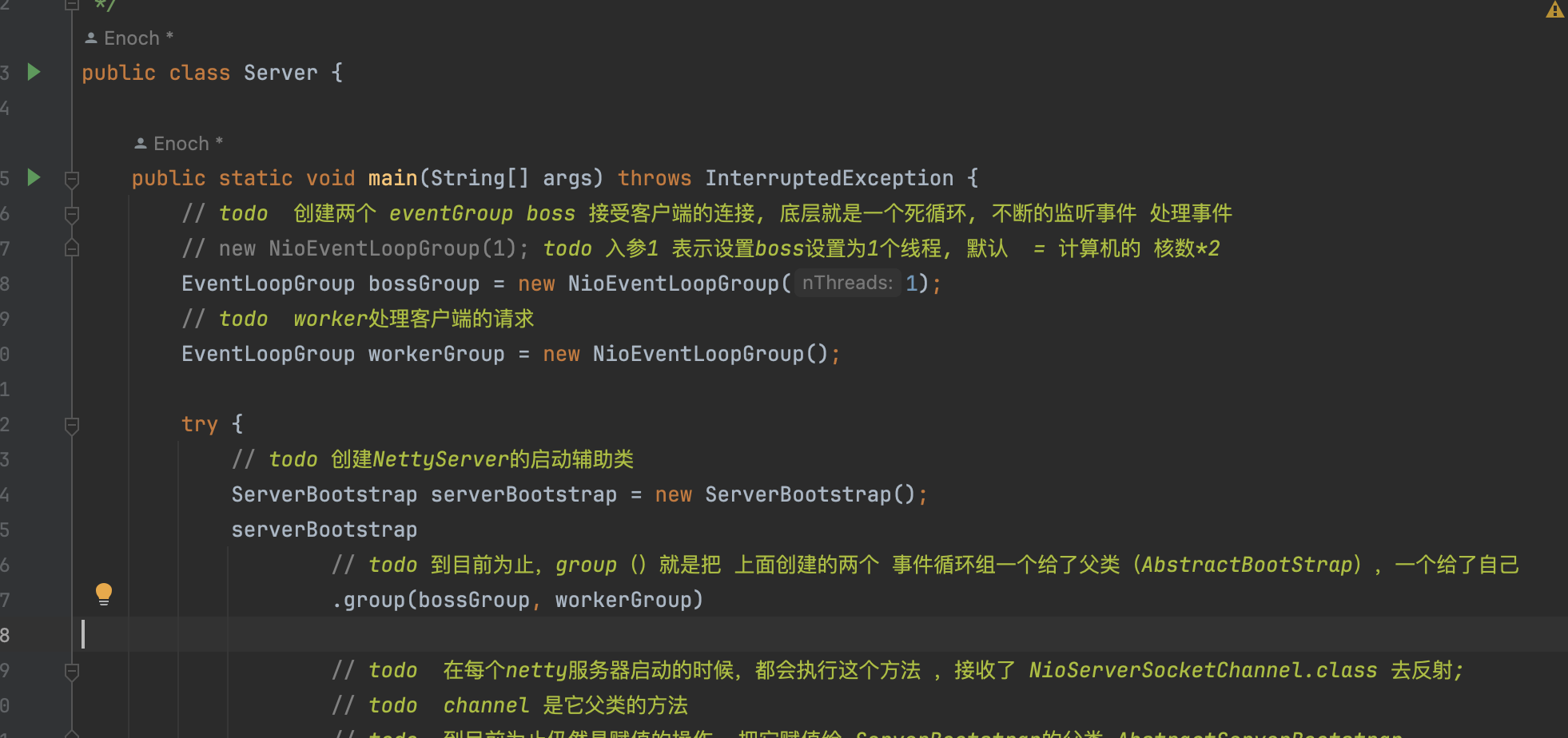
NioEventLoopGroup构造函数




这里能看到会调到父类的MultiThread EventLoopGroup的构造方法
MultiThreadEventLoopGroup

这里我们能看到,如果传入的线程数目为0,那么就会设置2倍的核心的线程数目
接着,继续会调用父类的MultithreadEventExecutorGroup的构造方法
MultiThreadEventExecutorGroup
// todo 在这个构造方法中,完成了一些属性的赋值, 彻底构造完成 事件循环组对象
// todo Object... args 是 selectorProvider, selectStrategyFactory, RejectedExecutionHandlers.reject()的简写
protected MultithreadEventExecutorGroup(int nThreads, Executor executor,EventExecutorChooserFactory chooserFactory, Object... args) {if (nThreads <= 0) {throw new IllegalArgumentException(String.format("nThreads: %d (expected: > 0)", nThreads));}if (executor == null) {// todo 下面需要的参数,一开始使用无参的构造方法时, 传递进来的 就是null ,执行这一行代码, 创建默认的线程工厂// todo ThreadPerTaskExecutor 意味为当前的事件循环组 创建Executor , 用于 针对每一个任务的Executor 线程的执行器// todo newDefaultThreadFactory根据它的特性,可以给线程加名字等,// todo 比传统的好处是 把创建线程和 定义线程需要做的任务分开, 我们只关心任务, 两者解耦// todo 每次执行任务都会创建一个线程实体// todo NioEventLoop 线程命名规则 nioEventLoop-1-XX 1代表是第几个group XX第几个eventLoopexecutor = new ThreadPerTaskExecutor(newDefaultThreadFactory());}// todo children是线程执行器组里面的线程执行器children = new EventExecutor[nThreads];// todo 循环实例化for (int i = 0; i < nThreads; i++) {boolean success = false;try {// todo 创建EventLoop, 直接看一下这个newChild , 它的返回值是 EventExecutor , 但是如果我们直接去看它子类的实现的话// todo 会发现new 的实例其实的 NioEventLoop, 这并不奇怪, 因为,NioEventLoop间接实现了 EventExecutor 接口// todo 换句话说, 其实就是 NioEventLoop 就是 拥有线程执行器的功能children[i] = newChild(executor, args);success = true;} catch (Exception e) {// TODO: Think about if this is a good exception typethrow new IllegalStateException("failed to create a child event loop", e);} finally {if (!success) {for (int j = 0; j < i; j++) {children[j].shutdownGracefully();}for (int j = 0; j < i; j++) {EventExecutor e = children[j];try {while (!e.isTerminated()) {e.awaitTermination(Integer.MAX_VALUE, TimeUnit.SECONDS);}} catch (InterruptedException interrupted) {// Let the caller handle the interruption.Thread.currentThread().interrupt();break;}}}}}// todo chooser 在这里 初始化了chooser = chooserFactory.newChooser(children);final FutureListener<Object> terminationListener = new FutureListener<Object>() {@Overridepublic void operationComplete(Future<Object> future) throws Exception {if (terminatedChildren.incrementAndGet() == children.length) {terminationFuture.setSuccess(null);}}};for (EventExecutor e : children) {e.terminationFuture().addListener(terminationListener);}Set<EventExecutor> childrenSet = new LinkedHashSet<EventExecutor>(children.length);Collections.addAll(childrenSet, children);readonlyChildren = Collections.unmodifiableSet(childrenSet);
}
总结一下,这里一共做了几件事:
- 创建线程执行器:ThreadPerTaskExecutor
- 创建线程执行器里面的线程执行器:for {newChild}
- 创建线程选择器
用一张图总结一下:
这里的newChild比较重要,需要进一步分析, 父类的newChild最终会调用到子类 NioEventLoopGroup的newChild方法
NioEventLoopGroup
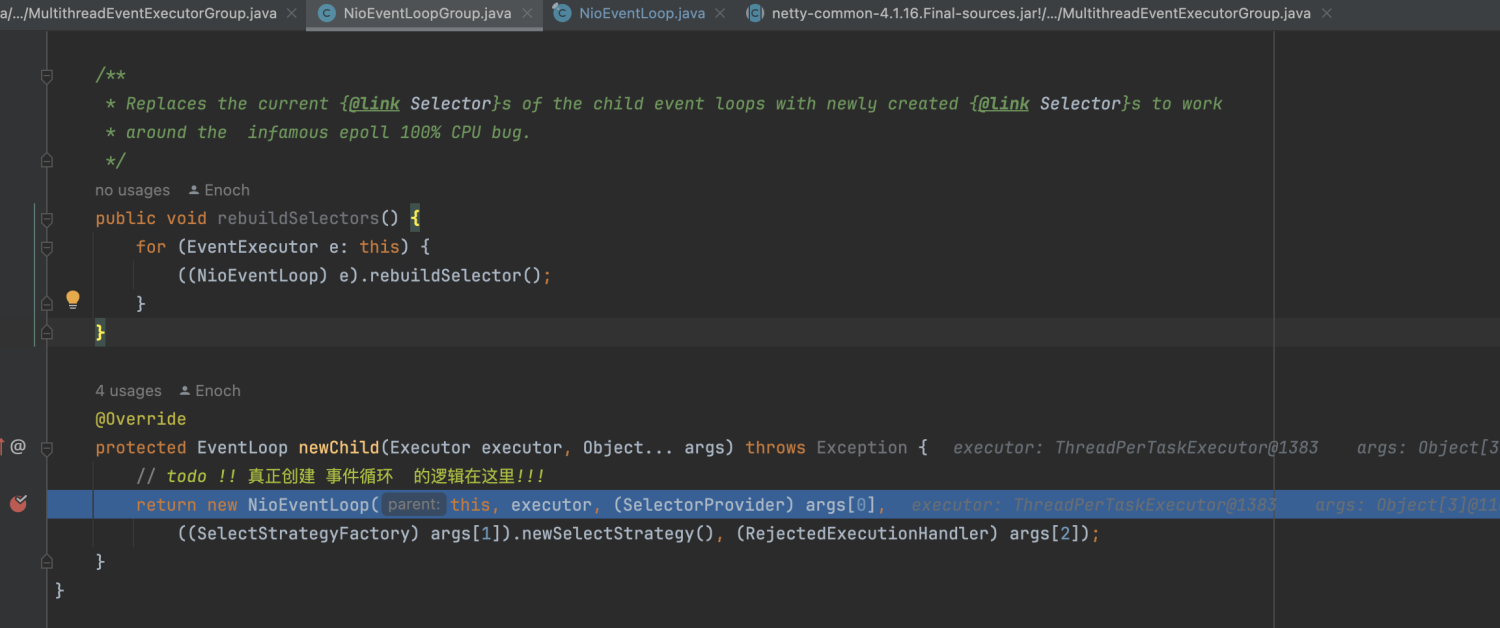
这里几个参数说明一下:
- 第一个是父类MutiThreadEventLoopGroup
- 第二个是父类创建的执行器ThreadPerTaskExecutor
- 第三个是SelectProvider:根据不同的系统来调用select
- 第四个是SelectStrategy
- 第五个是拒绝处理器
这里会调用到NioEventLoop的构造方法
NioEventLoop
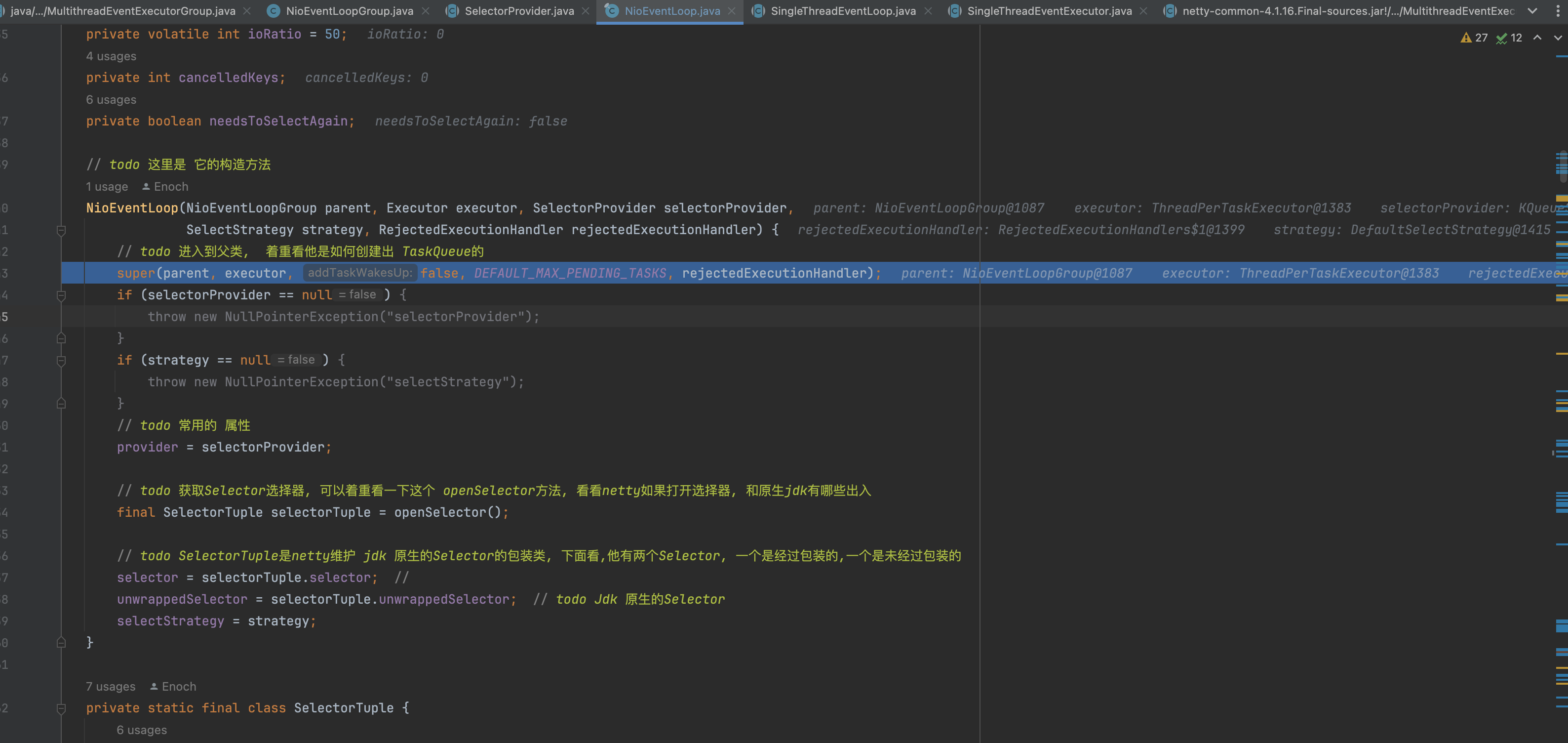
后面就到了NioEventLoopGroup的创建流程了,这里就不详细debug了
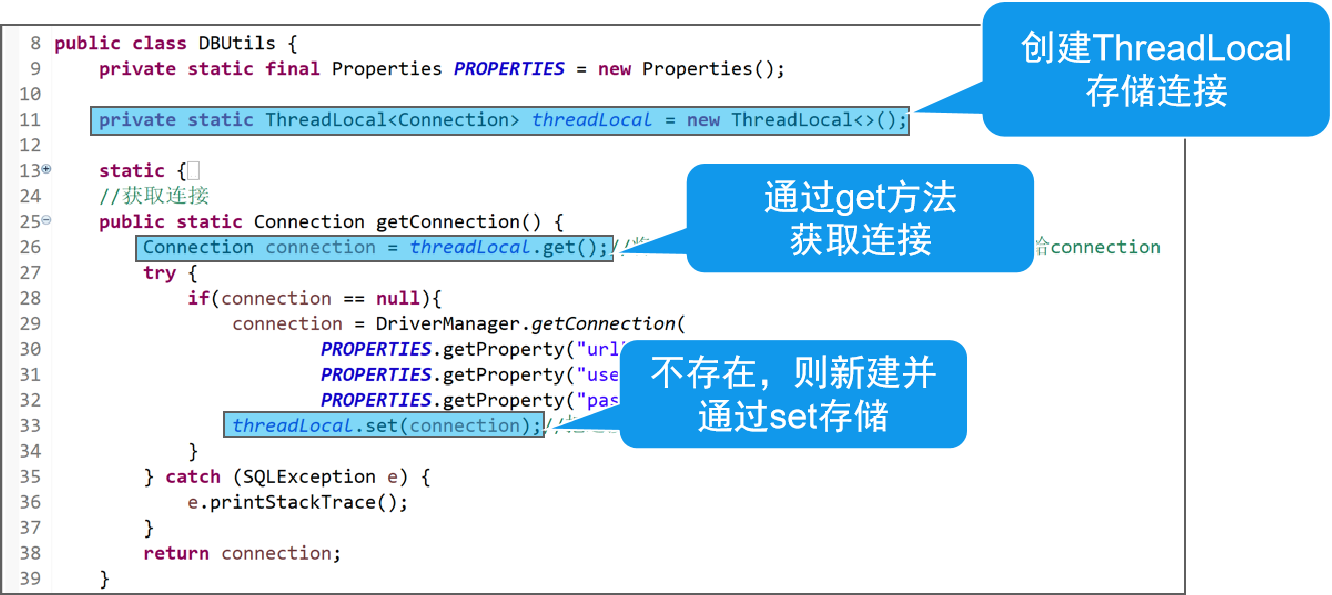
![[NCTF2019]Fake XML cookbook(特详解)](https://img-blog.csdnimg.cn/img_convert/9120e977398ad6ab344248cd4c459b12.png)
